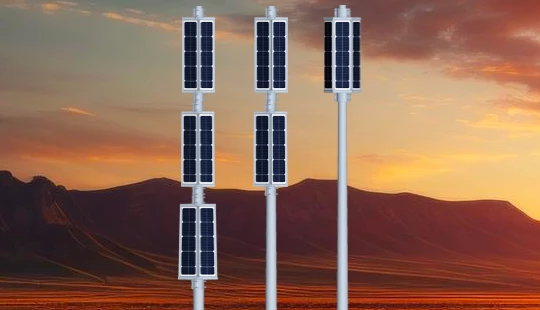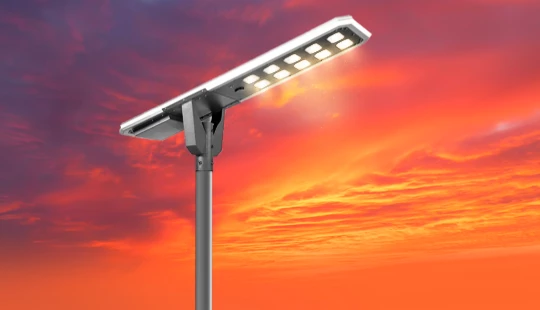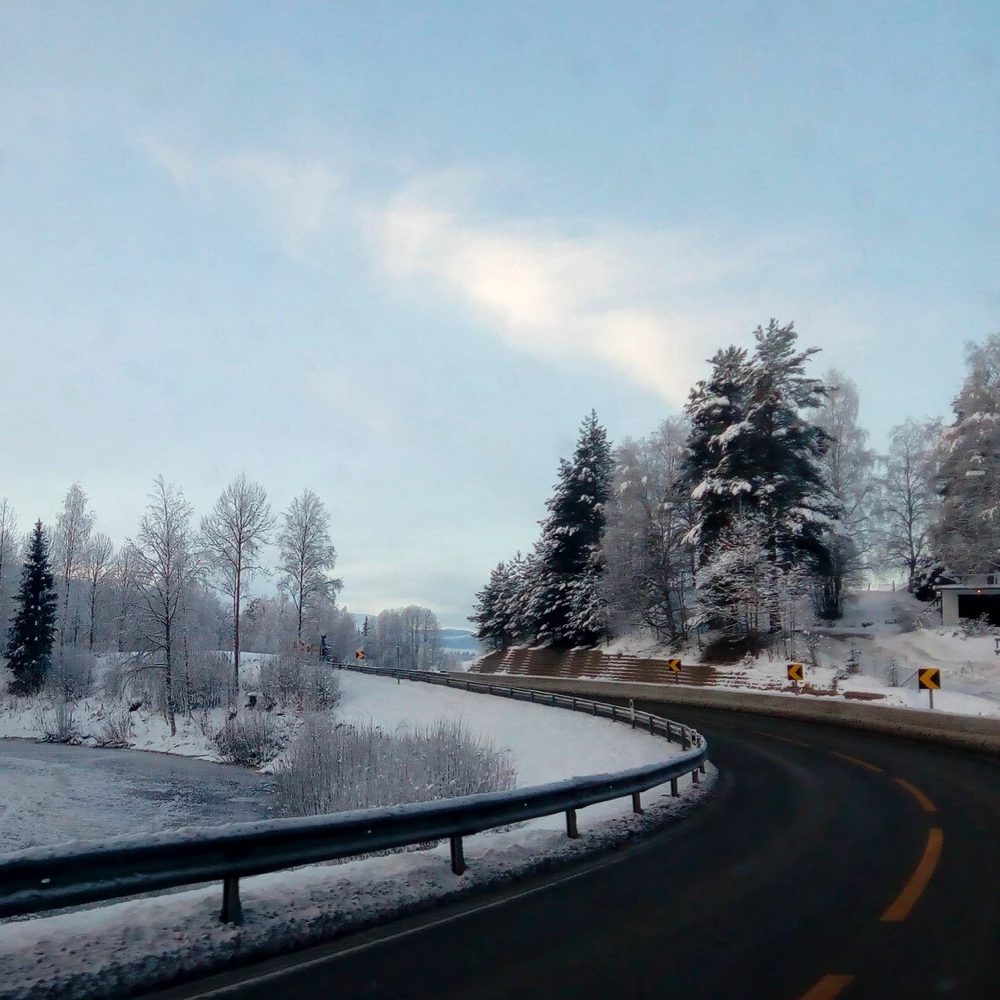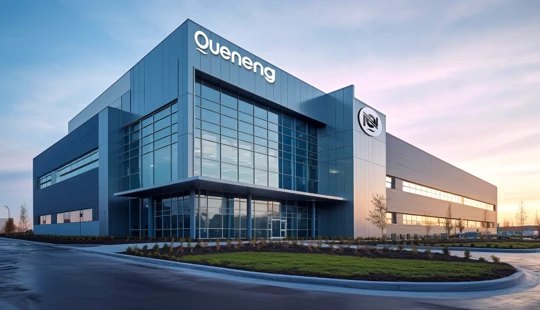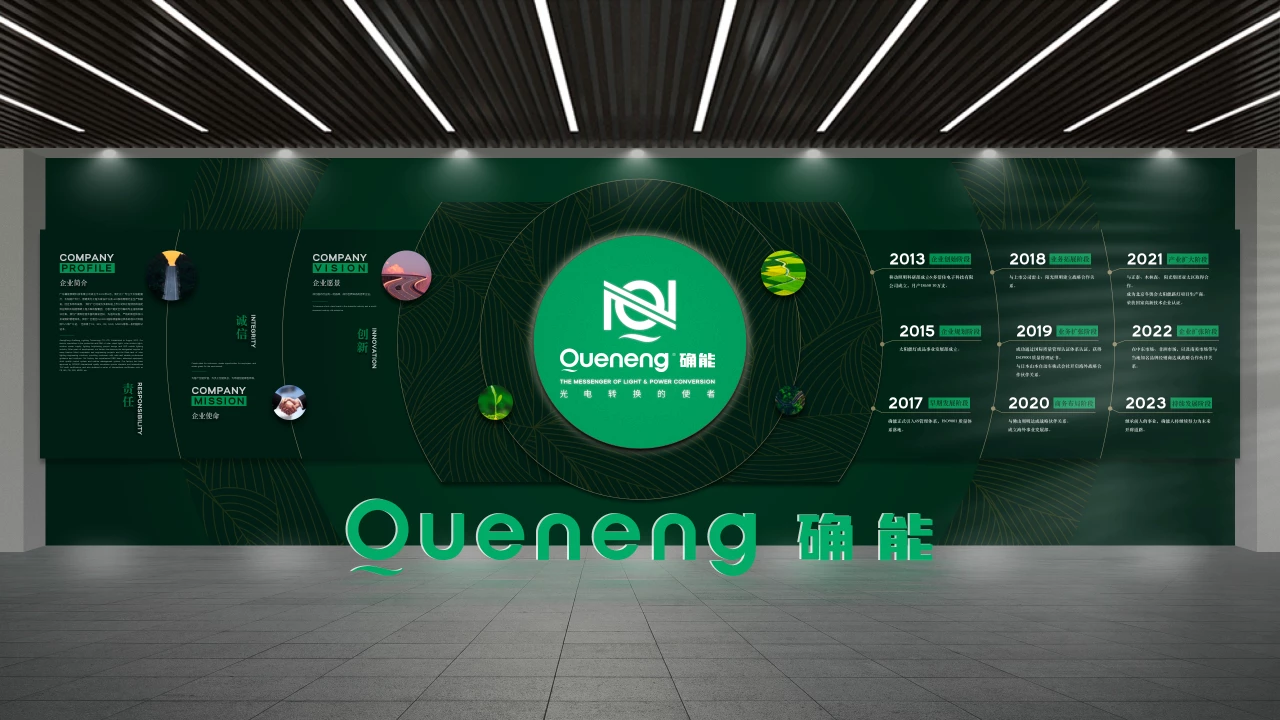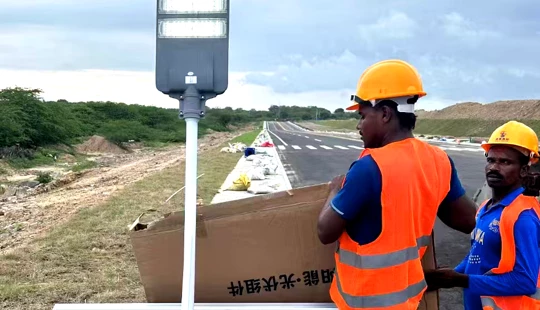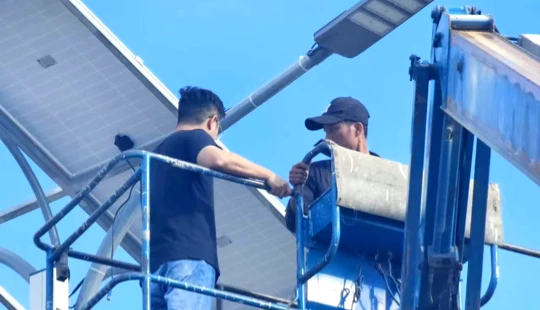best Queneng village solar lights Nigeria | Insights by Quenenglighting
Navigating the Best Solar Lights for Nigerian Villages: A Repurchase Guide
As the need for sustainable and reliable lighting grows in Nigeria's off-grid communities, many users who have previously invested in solar solutions are now looking to upgrade or expand their systems. Repurchasing solar lights means you're already aware of some challenges and opportunities. This guide addresses the most common and pressing questions for repeat buyers, helping you make informed choices for the 'best Queneng village solar lights Nigeria' or any other quality brand.
1. What are the key factors for choosing durable and reliable solar lights for Nigerian villages?
For repeat buyers, durability is paramount. The Nigerian environment, with its high temperatures, dust, and occasional harsh weather, demands robust solutions. When selecting solar lights, prioritize:
- High IP Rating: Look for at least IP65 or IP66 certification, indicating complete protection against dust ingress and strong water jets. This is critical for longevity in dusty rural areas.
- Robust Materials: Die-cast aluminum alloy housing provides excellent heat dissipation and corrosion resistance, unlike cheaper plastic alternatives. Tempered glass for the LED lens and solar panel cover ensures impact resistance and clarity over time.
- Effective Heat Management: Integrated heat sinks are crucial for LEDs, as high temperatures degrade LED performance and lifespan. A well-designed fixture ensures consistent lumen output.
- Certifications: Verify international certifications like CE, RoHS, IEC. These indicate compliance with safety, health, and environmental protection standards.
Fact: Dust accumulation on solar panels can reduce efficiency by up to 30% in dusty environments without regular cleaning. Robust design helps mitigate other environmental stresses.
2. How can I ensure the battery life of solar lights meets expectations in a demanding environment like Nigeria?
The battery is often the weakest link in solar lighting systems. To ensure long and reliable operation, focus on:
- Battery Type: Opt for Lithium Iron Phosphate (LiFePO4) batteries. They offer superior cycle life (typically 2,000 to 6,000 cycles at 80% Depth of Discharge - DoD) compared to traditional lead-acid batteries (500-1000 cycles). LiFePO4 batteries also perform better across a wider temperature range common in Nigeria.
- Adequate Capacity: Ensure the battery has sufficient capacity (Ampere-hours, Ah) to provide 3-5 nights of autonomy without direct sunlight. This provides reliability during cloudy periods or rainy seasons.
- Battery Management System (BMS): A sophisticated BMS protects the battery from overcharging, over-discharging, over-current, and over-temperature, significantly extending its lifespan.
- Replaceability: Check if the battery is easily replaceable. Some all-in-one designs make battery replacement difficult or impossible, leading to system disposal when the battery fails.
Fact: A well-managed LiFePO4 battery can last 8-10 years or more, significantly outperforming lead-acid batteries which often fail within 2-3 years in off-grid applications.
3. What is the optimal brightness (lumens) and coverage for village solar lighting, and how does it relate to power consumption?
Optimal brightness depends on the application:
- Pathways & Small Areas: 1,500-3,000 lumens might suffice.
- Larger Village Squares & Main Roads: 4,000-8,000 lumens are generally recommended for adequate illumination and safety.
It’s not just about lumens; efficiency and light distribution matter:
- Lumens Per Watt (lm/W): Modern LEDs offer high efficiency, typically 150-180 lm/W. Higher lm/W means more light for less power, allowing for smaller solar panels and batteries, thus reducing cost and extending run time.
- Light Distribution Patterns: Look for fixtures with Type II, III, or IV optical distributions. These patterns are designed to spread light evenly across wide areas, minimizing dark spots and maximizing effective coverage.
- Motion Sensors/PIR: Integrated Passive Infrared (PIR) sensors can dim the light when no motion is detected, conserving energy and extending battery life, while providing full brightness when needed.
Fact: A typical 60W LED street light can produce 9,000-10,800 lumens. For village pathways, a 20-30W solar light (around 3,000-5,000 lumens) can be highly effective when paired with efficient optics.
4. What are the long-term maintenance requirements and costs associated with solar lights in rural Nigeria?
Modern solar lights are designed for low maintenance, but some considerations remain:
- Panel Cleaning: Dust and dirt accumulation on solar panels are the primary maintenance concern. Regular cleaning (every 1-3 months, depending on dust levels) can ensure optimal energy harvesting. Some advanced designs feature self-cleaning coatings or angles to minimize dust build-up.
- Battery Replacement: While LiFePO4 batteries have long lifespans, they will eventually need replacement. Factor this into your long-term cost of ownership. Systems with easily accessible battery compartments are preferable.
- Structural Integrity: Periodically check the pole and fixture for stability and signs of wear or corrosion.
- Theft Prevention: While not maintenance, it's a critical long-term 'cost' in some areas. Consider designs that are harder to dismantle or secure mounting options.
Fact: The 'Levelized Cost of Energy' (LCOE) for solar is increasingly competitive. While initial capital outlay exists, long-term operational costs for well-maintained solar lighting systems are significantly lower than grid-powered or generator-based solutions.
5. How do I assess the genuine quality and authenticity of solar lights to avoid counterfeit products when repurchasing?
The market can be flooded with substandard products. To ensure genuine quality:
- Manufacturer Reputation: Purchase from reputable manufacturers or authorized distributors. Check online reviews, case studies, and references.
- Detailed Specifications: Demand comprehensive datasheets that clearly state lumen output, battery capacity (Ah and Wh), solar panel wattage, LED chip brand (e.g., Philips, Osram, Cree), and component lifespans. Be wary of vague claims.
- Warranty: A strong warranty (e.g., 5 years for LED and fixture, 3-5 years for battery, 10-25 years for solar panel) indicates manufacturer confidence in product quality. Understand what the warranty covers and the process for claims.
- Physical Inspection: If possible, inspect the product. Look for sturdy construction, good finish, and quality components.
- After-Sales Support: Reliable after-sales support and availability of spare parts are crucial for long-term satisfaction.
Fact: According to the International Renewable Energy Agency (IRENA), poor quality solar products significantly hinder market growth and consumer trust in developing regions. Insisting on certified and warranted products protects your investment.
Quenenglighting's Advantage
Quenenglighting, a brand focused on robust and efficient solar lighting solutions, often distinguishes itself by:
- High-Quality Components: Utilizing High Quality LiFePO4 batteries, high-efficiency monocrystalline solar panels, and leading-brand LED chips.
- Durable Construction: Designing products with high IP ratings (e.g., IP65/IP66) and aerospace-grade aluminum alloy bodies built to withstand harsh environmental conditions, making them ideal for Nigerian villages.
- Smart Energy Management: Incorporating advanced MPPT controllers and intelligent lighting modes (including PIR sensors) to optimize energy usage and maximize battery lifespan.
- Reliable Performance: Offering products with extended autonomy days and consistent brightness profiles, ensuring uninterrupted lighting even during prolonged cloudy periods.
- Comprehensive Support: Providing strong warranties and dedicated customer support, crucial for long-term satisfaction and maintenance in remote areas.

Have more questions about our products or services?
The latest hot news you might like

Discover how solar panels power street lights, exploring the technology behind solar energy conversion, storage systems, and how solar-powered street lights are revolutionizing urban and rural lighting solutions.

Learn how AC Solar Hybrid Street Lights work, their advantages, disadvantages, system behavior in low-sunlight conditions, and why hybrid technology is ideal for regions with unstable sunlight.

Municipalities around the world are increasingly adopting solar-powered streetlights as part of their urban development strategies. Rising energy costs, the need for sustainable infrastructure, and government green initiatives are driving cities to switch from traditional street lighting to advanced LED solar streetlights.
Queneng Lighting provides municipalities with cost-effective, energy-efficient, and durable solar lighting solutions, ensuring safe and sustainable public spaces.
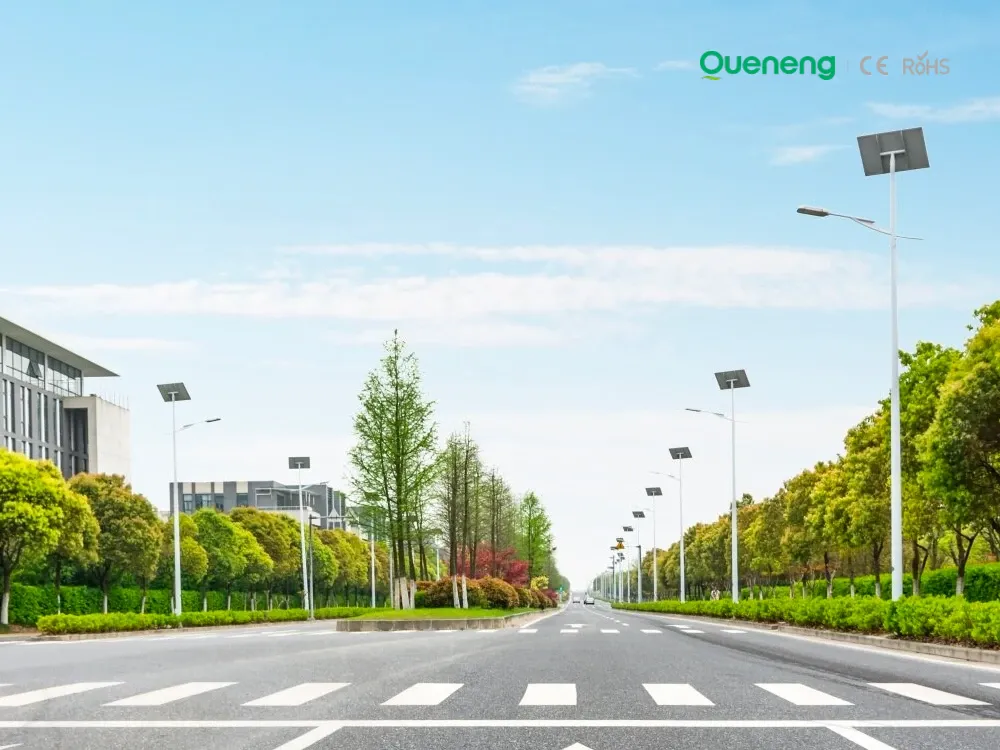
In recent years, the purchase of solar streetlights for municipalities has become a growing trend across the globe. Local governments are under pressure to reduce public expenditure, promote green energy, and create safer communities. Solar streetlights provide a reliable, cost-effective, and sustainable solution that meets these needs. Queneng Lighting, as a leading solar street lighting manufacturer, has supported multiple municipal projects worldwide with customized and energy-efficient solutions.
FAQ
Battery and Analysis
What is the operating temperature range of lithium-ion batteries?
Transportation and Highways
How long does the installation process take for a highway solar lighting system?
The installation time depends on the project size. Typically, a single solar streetlight can be installed in 1-2 hours, while larger highway projects may take several days or weeks.
Solar Street Light Lulin
What makes Lulin solar street lights high-performance and energy-saving?
Lulin solar street lights are designed with high-efficiency solar panels and cutting-edge LED technology, providing optimal brightness with minimal energy consumption. The LED lights consume less power while offering superior illumination, and the solar panels capture and store sunlight efficiently, ensuring the lights perform well even in low sunlight conditions.
Sustainability
Can Queneng solar street lights operate in all weather conditions?
Yes, our solar street lights are equipped with high-efficiency photovoltaic panels and intelligent control systems, enabling them to operate even in cloudy or low-light conditions. The battery can store enough energy to provide lighting for several days during extended periods of cloudy weather.
Solar Street Light Luyi
How do Luyi solar street lights save energy compared to traditional street lights?
Luyi solar street lights save energy by using solar power, a renewable energy source, to operate. Unlike traditional street lights that rely on the electrical grid, Luyi lights harness the sun’s energy during the day, which is stored in the battery for nighttime use. The energy-efficient LEDs provide bright illumination while consuming less power than conventional lighting options, significantly lowering electricity costs.
Battery Performance and Testing
What are the battery safety test items?
2) Overcharge and over-discharge test
3) Withstand voltage test
4) Impact test
5) Vibration test
6) Heating test
7) Fire test
9) Temperature changing cycle test
10) Trickle charging test
11) Free drop test
12) Low pressure test
13) Forced discharge test
15) Electric hot plate test
17) Thermal shock test
19) Needle prick test
20) Extrusion test
21) Heavy object impact test
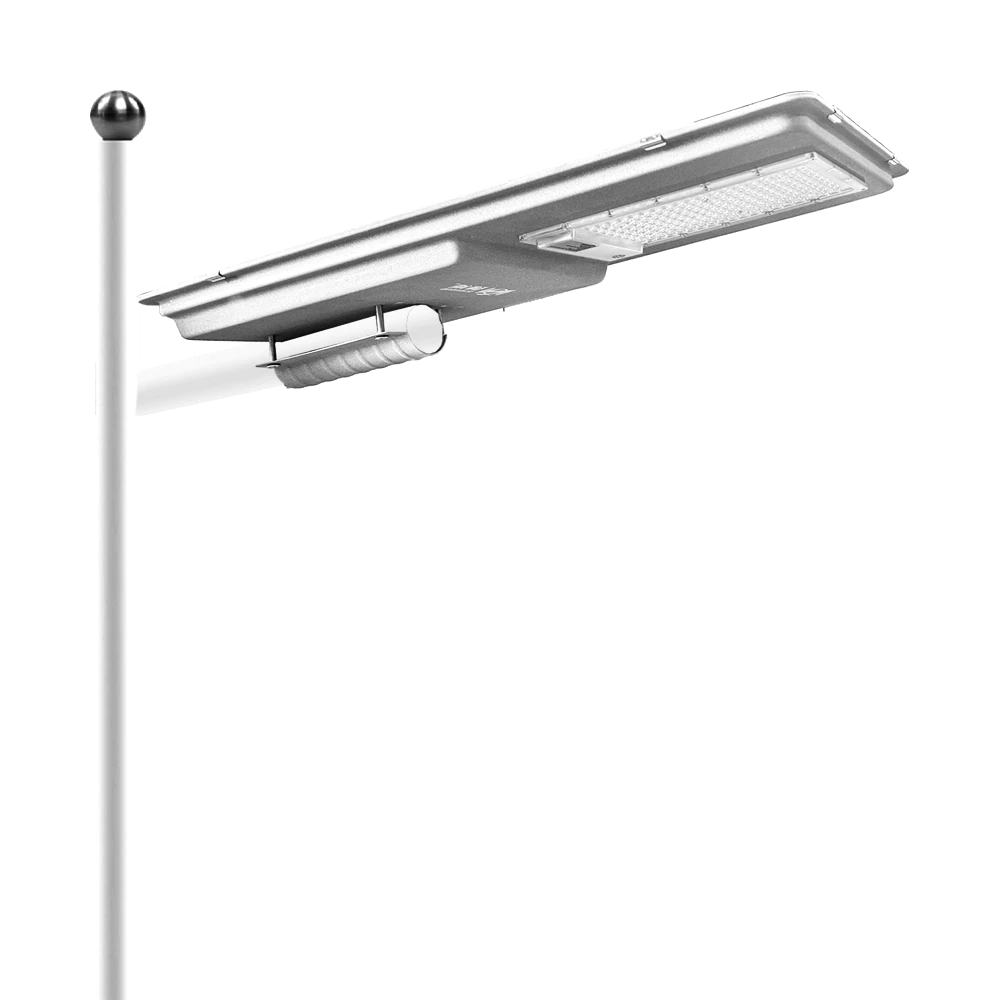
Queneng's Lufa high-efficiency solar LED street lights illuminate urban and commercial spaces brilliantly. These commercial solar LED street lights offer superior energy savings and reliable performance, making them an ideal sustainable lighting solution.
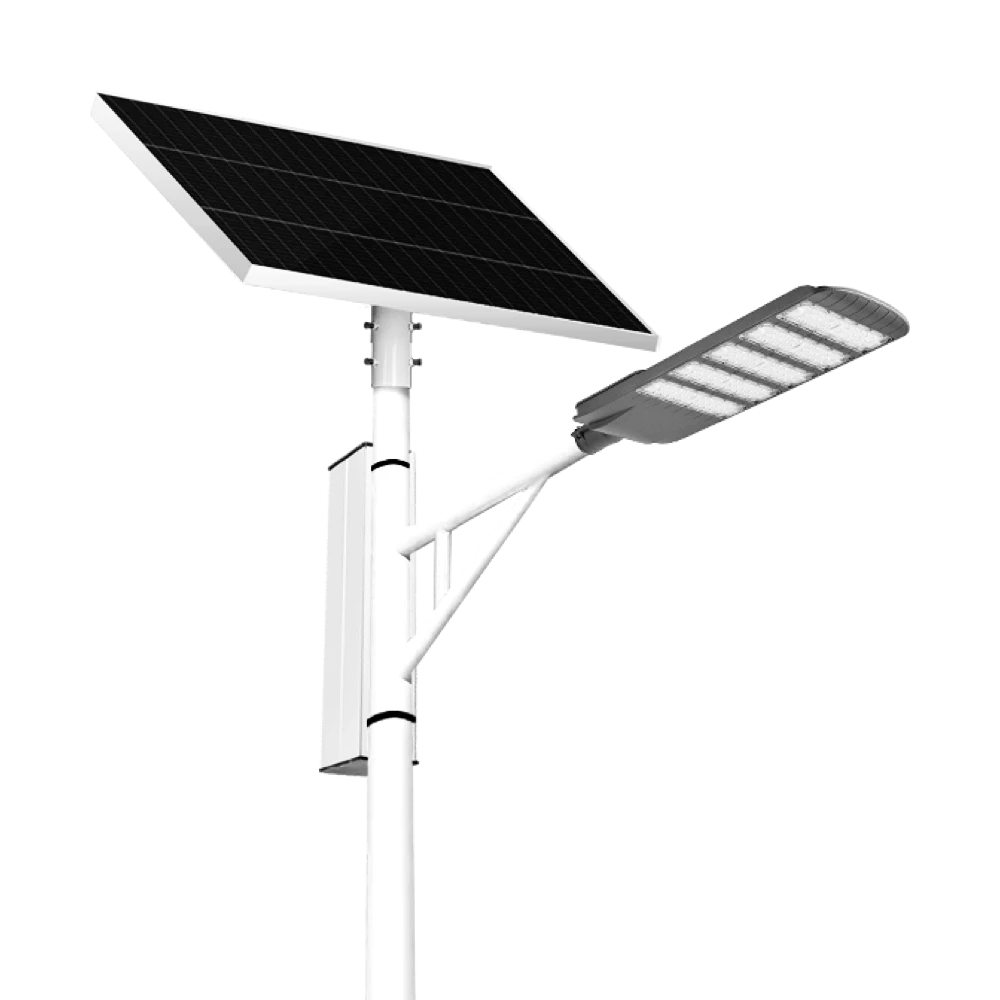
The Solar Streetlights of Luhao for Municipalities are designed to deliver reliable, energy-efficient, and cost-effective public lighting solutions. Equipped with advanced LED technology, durable lithium batteries, and high-efficiency solar panels, these streetlights provide consistent illumination for roads, parks, residential areas, and government projects.
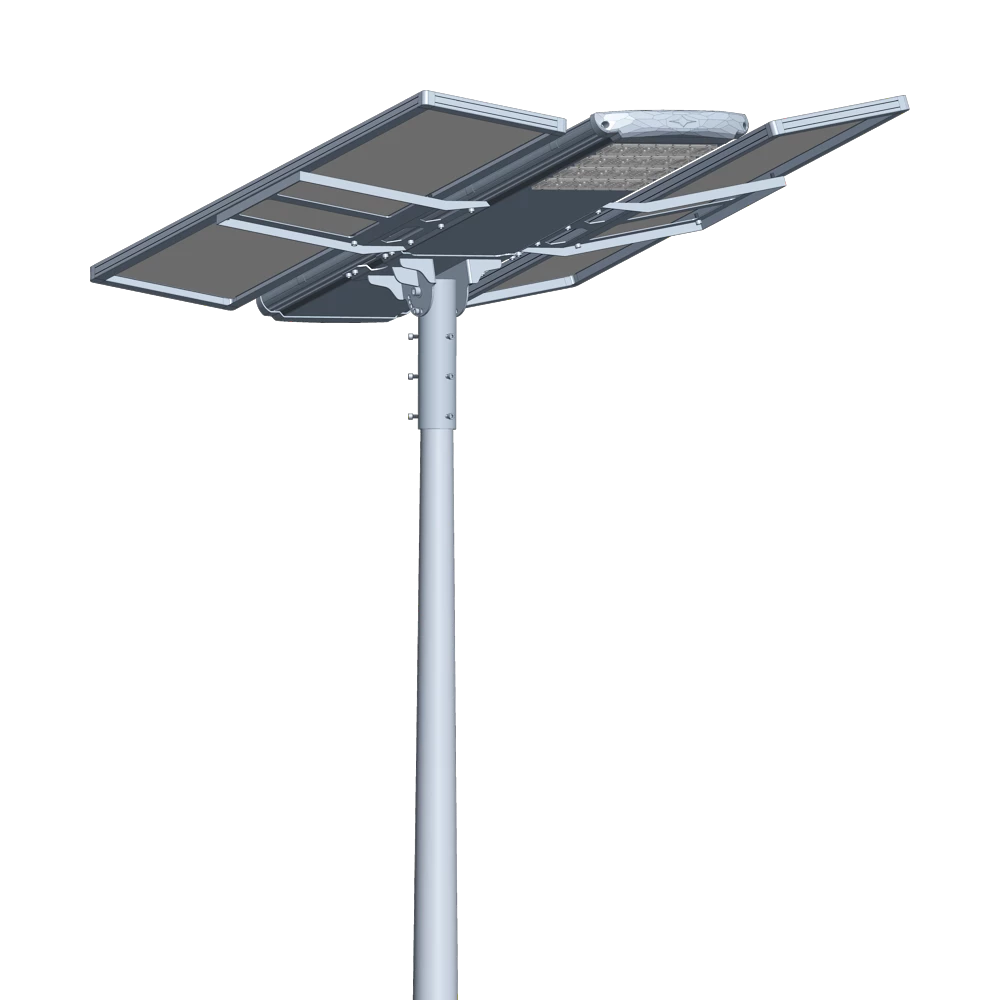
Introducing the Luqing Solar Street Light by Queneng, Efficient LED lighting powered by solar energy is perfect for illuminating outdoor areas. Harness the power of solar energy for sustainable, reliable street lighting. Ideal for eco-friendly, cost-effective outdoor illumination solutions.
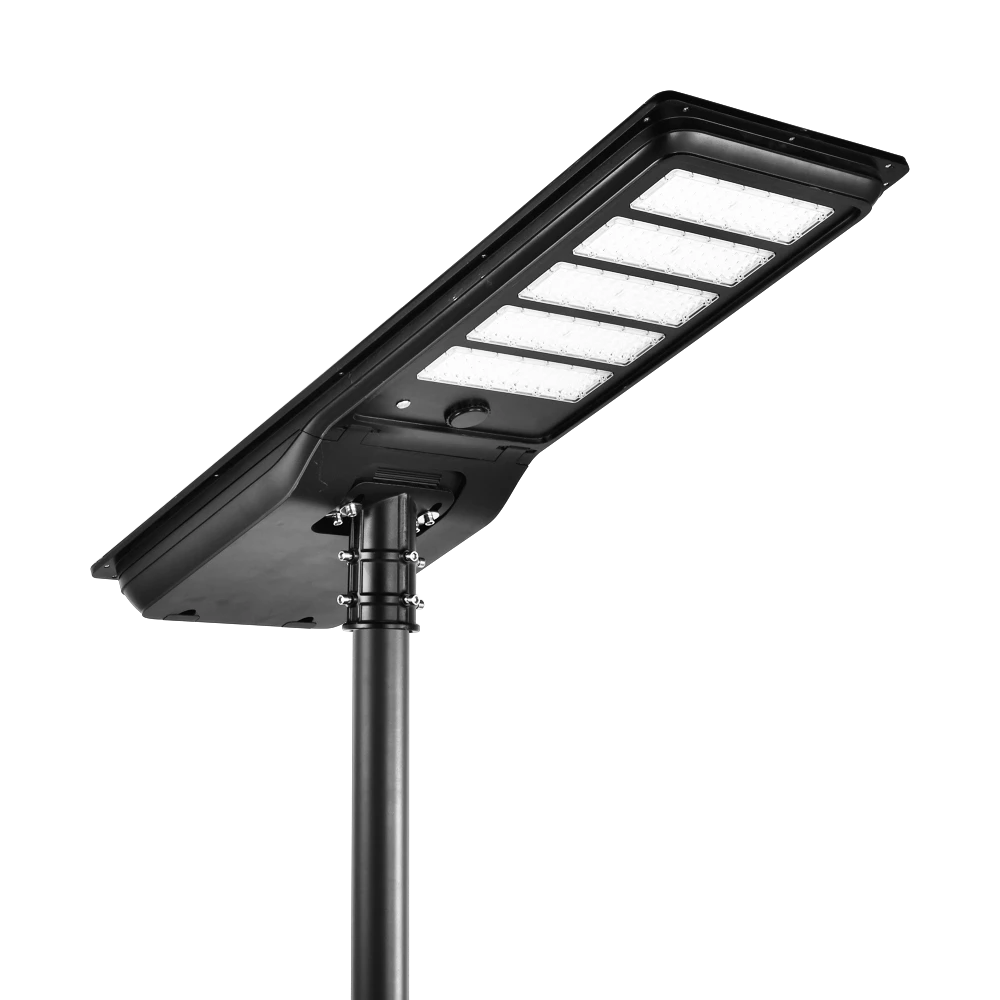
High-efficiency all-in-one solar street light with a monocrystalline solar panel and LiFePO₄ battery. Delivers brighter illumination, wider outdoor coverage, and safer lighting performance for streets and public areas.
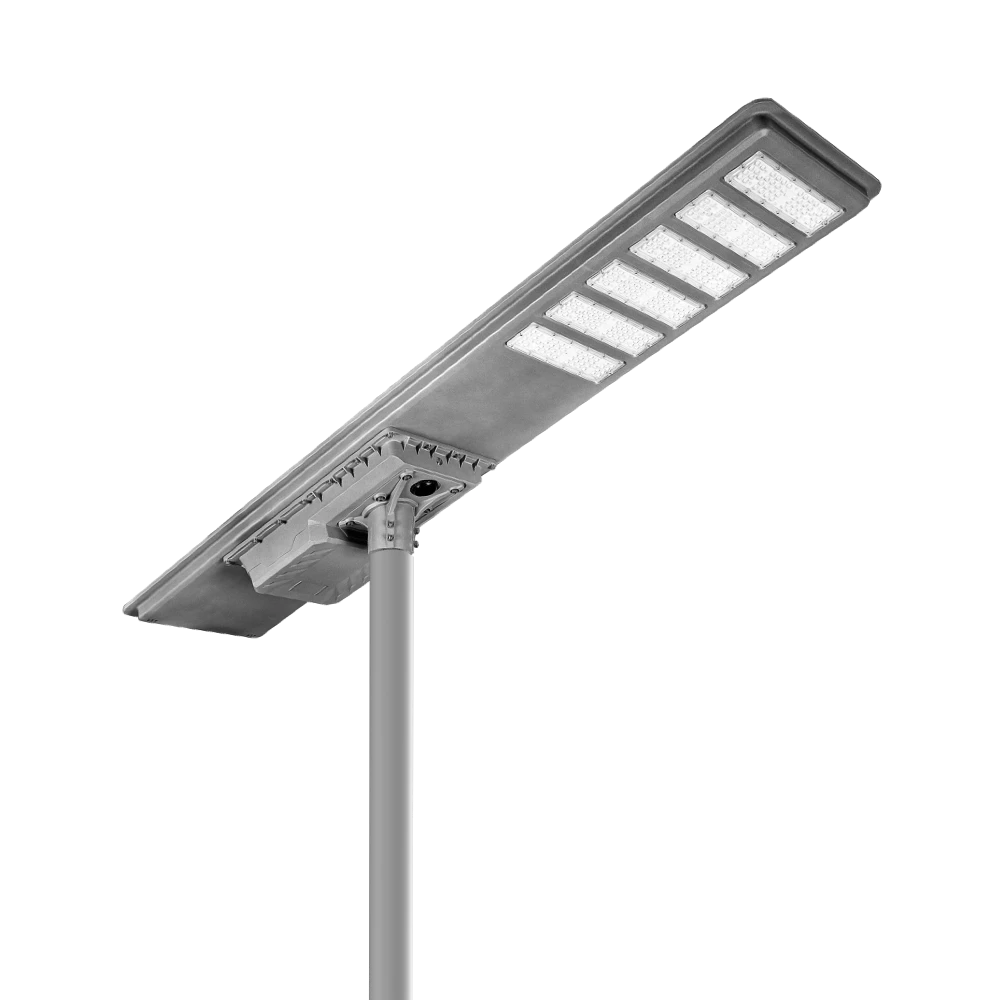
Queneng's Luqiu Innovative Solar Street Light offers energy-saving, durable outdoor lighting. This solar power street light provides a reliable and eco-friendly solution for illuminating your streets and pathways.
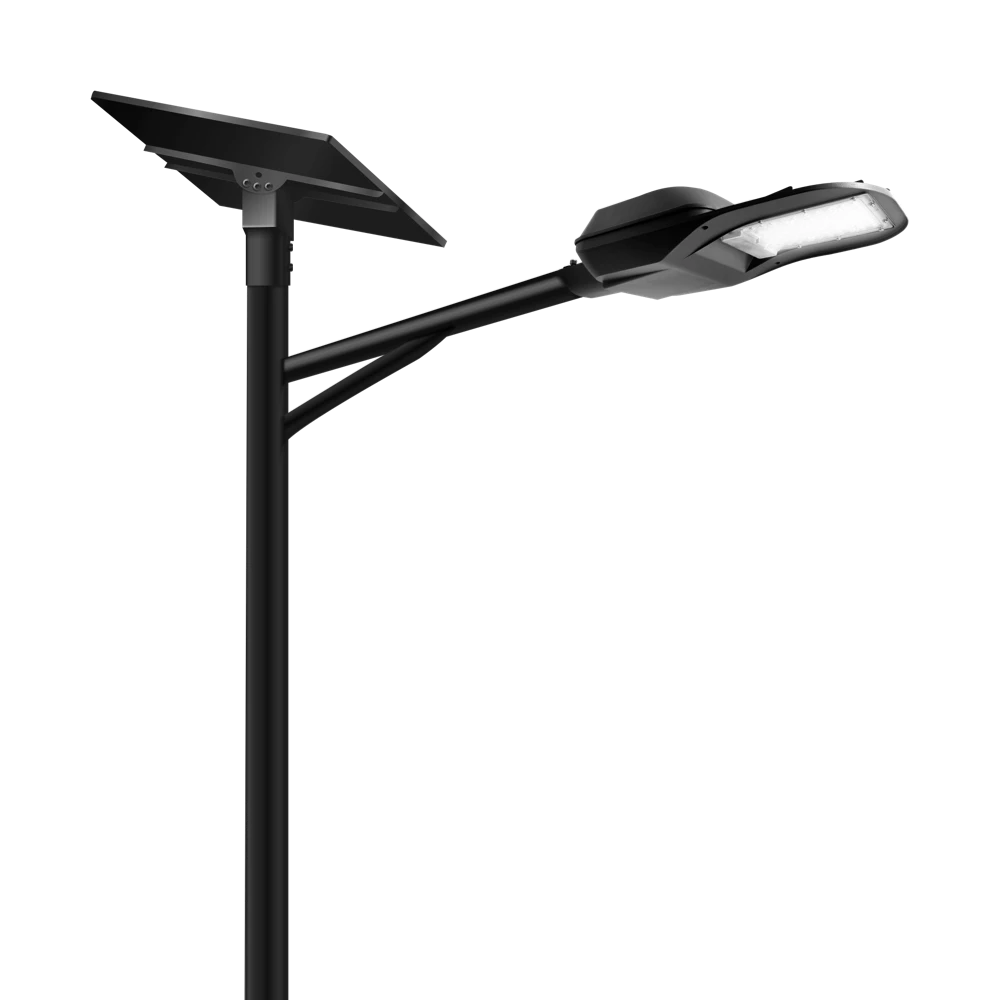
If you would like more information about Queneng solar lighting solutions, please send us a message by filling out the form below. Our professional team will get back to you within 24 hours!
Rest assured that your privacy is important to us, and all information provided will be handled with the utmost confidentiality.
Schedule a Meeting

Book a date and time that is convenient for you and conduct the session in advance.
Have more questions about our products or services?

